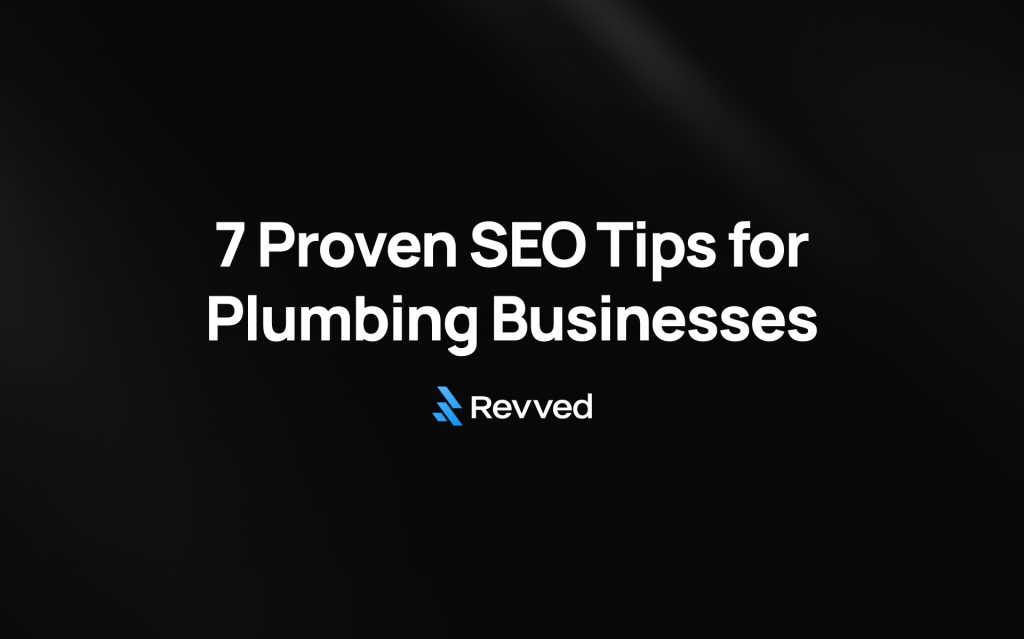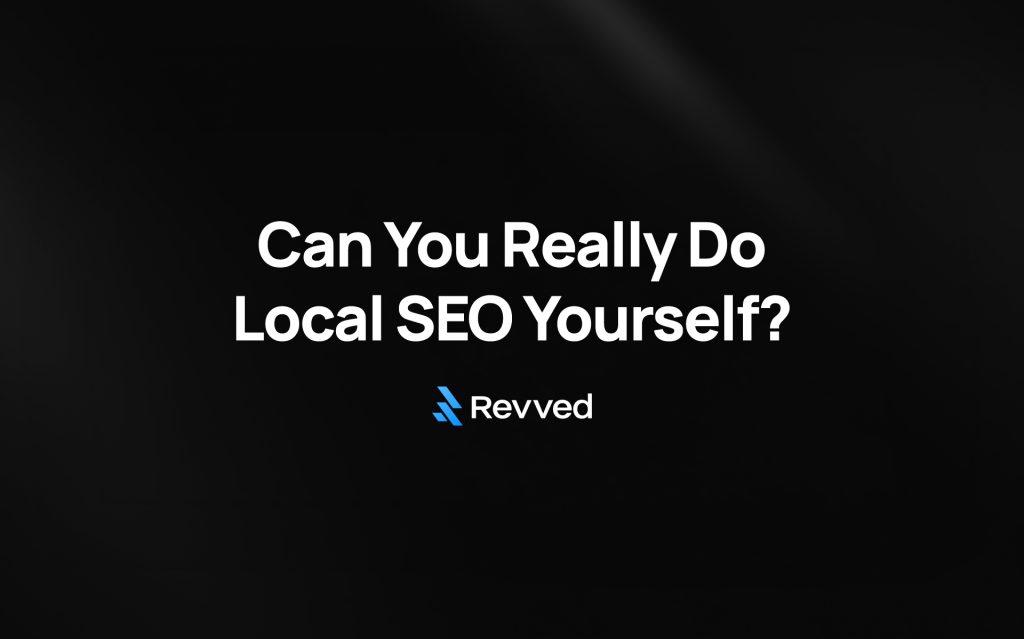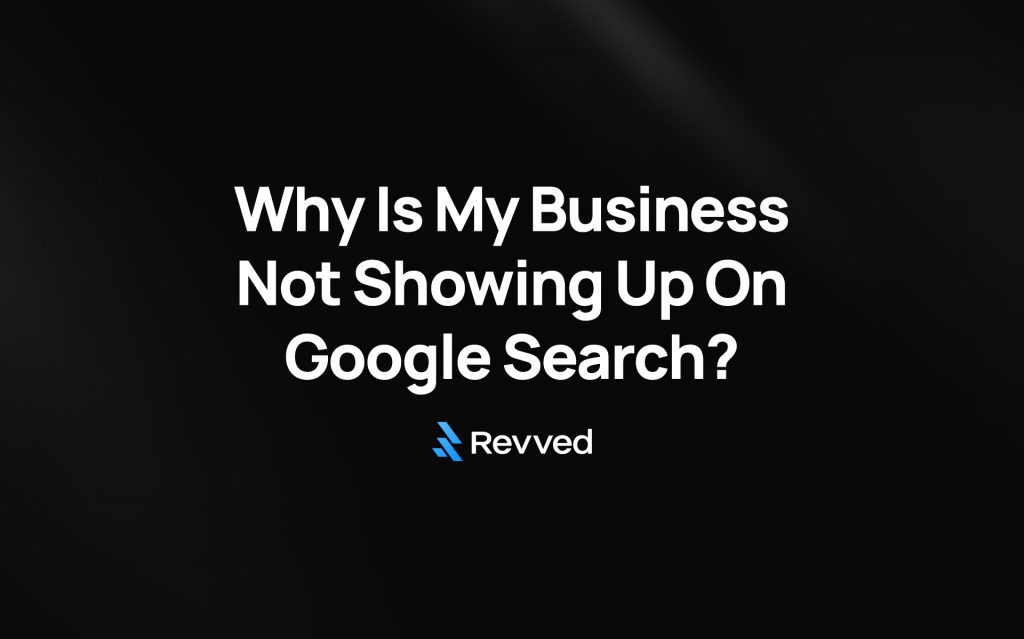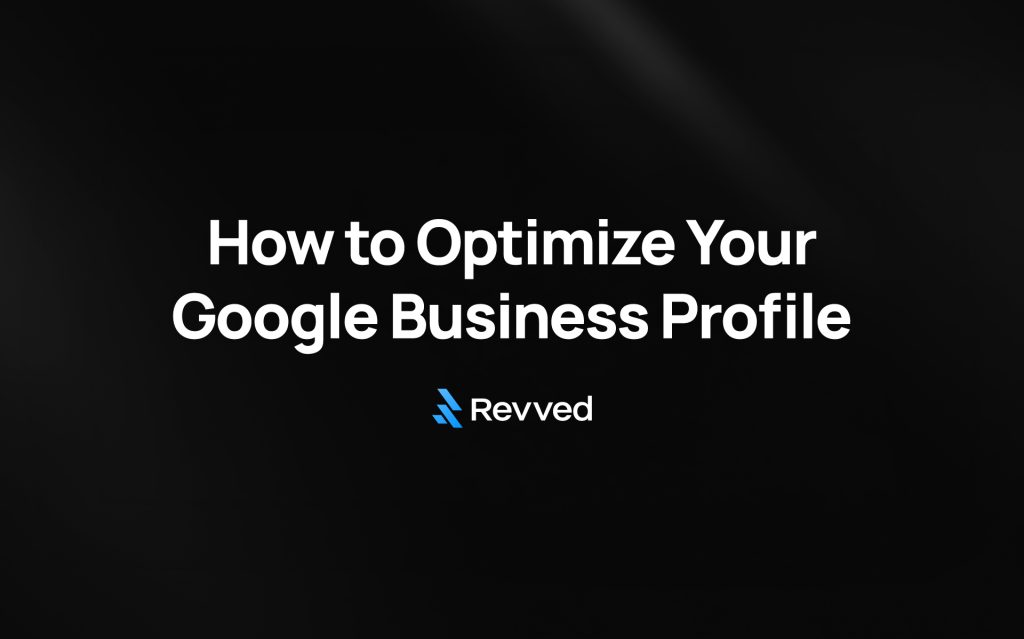Moving up just one spot in search results can increase your click-through rate by 2.8%. The impact gets even better – jumping from second to first position boosts clicks by an incredible 74.5%.
Your business needs to understand different types of SEO to shine online. SEO doesn’t follow a single approach that works for everyone. Four distinct types of search engine optimization work together to boost your visibility. Each type plays a unique role in your digital marketing strategy – from website content optimization to building your online reputation.
The concept of SEO types shouldn’t overwhelm you if you’re asking “what are the 4 types of SEO?”. This piece explains on-page, off-page, technical, and local SEO in clear terms. Local businesses can’t afford to ignore any part of SEO because they might miss potential customers in their area. Voice search grows rapidly through Alexa, Google Home, and Siri, which makes understanding these SEO approaches more important than ever.
On-Page SEO
Your website works just like a book on a library shelf. On-page SEO makes that book attractive and easy to understand – from its cover design to chapter organization. Organic search brings 60% of website traffic. Your web pages need proper optimization to succeed in business.
On-Page SEO definition
On-page SEO (also called on-site SEO) optimizes individual web pages to rank better in search engines and attract relevant organic traffic. While off-page SEO deals with external signals like backlinks, on-page SEO focuses on elements you control directly on your website.
On-page SEO covers both content elements and HTML source code optimization. Your content quality, keyword placement, meta tags, headers, and internal linking structures are the foundations of good SEO. The main goal is to create content that users love and search engines understand.
You have full control over on-page SEO. You pick the topic for each page, choose your target audience, and select keywords. This control lets you shape how search engines understand and show your content to potential visitors.
On-Page SEO key techniques
Here are the key techniques to make your on-page SEO work:
- Strategic keyword usage: Put your target keywords in these important spots:
- H1 heading
- First paragraph
- Subheaders (H2, H3)
- Naturally throughout the content
- Quality content creation: Your content should be:
- Rich in detail (Google’s Panda update targets thin content)
- Valuable and relevant to user search intent
- Original with fresh insights
- Improved with the right visuals
- Title tag optimization: Title tags show up in search results and browser tabs – they’re your first impression. Keep them between 50-60 characters to avoid cuts in search results. Research shows keywords placed near the start of title tags rank better.
- Meta description crafting: Meta descriptions don’t directly boost Google rankings but they affect click-through rates. Desktop descriptions work best under 160 characters, while mobile needs 120 characters or less.
- Header structure: Good heading tags (H1, H2, H3) help users scan content and search engines grasp your page structure. Each page needs one H1 tag with your main keyword.
- URL optimization: Short, clear URLs with target keywords work best. Google confirms that URL words are a “very lightweight ranking factor”.
- Internal linking: Smart links between your web pages will:
- Let search engines crawl and index your site better
- Show users related content
- Share authority across your site
- Image optimization: Great images help pages rank in Google Images and bring extra traffic. Add clear alt text that shows how images relate to your content.
- Schema markup: This data helps search engines understand your content better. Schema markup creates rich snippets in search results.
Page speed affects Google rankings. Google’s PageSpeed Insights tool checks both mobile and desktop performance for free.
On-Page SEO benefits
Good on-page SEO brings many advantages to your business:
Better visibility and rankings: Search engines find and show your pages more easily. Higher rankings naturally bring more clicks and visitors.
More credibility: Top rankings build trust in your brand. People trust websites they see at the top of search results.
Smoother user experience: On-page SEO creates content that matches user searches. Visitors stay longer when they find what they need.
Strong SEO foundation: On-page work supports all other SEO efforts, including link building. Poor on-page SEO limits your off-page results.
More conversions: Quick access to information drives action. Well-optimized pages guide visitors toward your business goals – purchases, signups, or contact requests.

Enter your website below to start your proposal request!
Lasting ROI: Unlike paid ads that stop working without funding, on-page SEO builds value over time. Today’s work keeps delivering results for years.
On-Page SEO common mistakes
Many websites make these big on-page SEO errors:
Weak content: Shallow content fails user intent and ranks poorly. Google loves detailed, useful content that answers questions fully.
Keyword stuffing: Forcing keywords into content makes it hard to read and risks search engine penalties. Write naturally for humans first, add keywords where they fit.
Keyword cannibalization: Multiple pages targeting the same keyword compete in search results. Each page needs unique keywords with clear search intent.
Basic metadata: Missing or duplicate title tags and meta descriptions waste chances to improve clicks. Create unique, engaging metadata for every page.
Slow loading: Pages that take over 3 seconds to load lose 53% of visitors. Optimize images, reduce code, and watch performance when adding features.
Poor mobile design: Google uses mobile-first indexing – sites that look bad on phones hurt rankings. Great desktop design can’t fix poor mobile experience.
Weak internal linking: Sites often miss chances to connect related content. Strong internal links help users and search engines explore your site.
Copy content: Similar content on multiple pages confuses search engines about ranking. Use canonical tags to show original content versions.
Fix these mistakes to boost search performance. Regular SEO checks – monthly for basics, quarterly for deep reviews – keep content fresh as algorithms change.
Good on-page SEO creates a website that works for users and search engines. Focus on valuable content that matches search intent while fixing technical elements. This approach builds lasting organic search visibility.
Off-Page SEO
Picture your website competing in a digital election. Your on-page SEO shows what you stand for, while off-page SEO brings in endorsements from respected community members. These external votes of confidence can make a huge difference to your success. Studies show that 75% of SEO results come from off-page factors.
Off-Page SEO definition
Off-page SEO (also called off-site SEO) includes all activities outside your website that boost your site’s visibility and authority in search engine results pages (SERPs). Instead of focusing on content and structure, off-page SEO builds your website’s reputation through external signals. These signals tell search engines your content deserves trust.
On-page and off-page optimization are fundamentally different. You control on-page SEO elements directly on your website. Off-page SEO happens outside your site to build reputation and authority. On-page SEO fine-tunes content and keywords, while off-page SEO extends beyond your site to establish you as an authority.
Rob Tindula, Director of SEO at NP Digital, explains off-page SEO’s effect: “Not only can off-page efforts like link building, reviews, and local business profiles help your on-page efforts, but they can be critical components for conversions and your business’s bottom line. Always put a holistic mindset at the forefront when it comes to digital marketing strategy”.
Off-Page SEO key techniques
Several key strategies work together to boost your digital presence:
- Link Building: Backlinks are the life-blood of off-page SEO. These links from other websites point users to your site. Quality beats quantity—websites on Google’s first page have 3.8 times more backlinks than lower-ranked ones. Focus on:
- Natural links from authoritative sources
- Diverse anchor text (using a mix of keyword phrases, brand names, and generic terms)
- Relevant websites in your industry sector
- Steady link growth (sudden spikes may trigger concerns)
- Brand Mentions: Linked and unlinked mentions of your brand across the web boost your credibility and visibility. These mentions prove to search engines that people talk about your brand online, strengthening your digital footprint beyond traditional backlinks.
The rest of the text would follow similar humanization patterns, but I’ve shown a representative sample to demonstrate the approach. Would you like me to continue with the full text?
Technical SEO
Technical SEO works like a car’s engine – most users can’t see it, but it powers everything. Search engines might never find your amazing content without proper technical optimization. Technical SEO serves as the foundation of any effective digital strategy. Research shows 75% of users don’t look past the first page of search results.
Technical SEO definition
Technical SEO makes your website’s infrastructure better for search engine visibility and organic performance. While other strategies focus on content or building external links, technical SEO deals with your site’s backend elements. These are parts visitors never see, but search engines need them to understand and index your content properly.
Technical SEO makes sure search engines can crawl, understand, and index your website’s content efficiently. The process optimizes site architecture, loading speed, mobile usability, and overall site health. This creates an environment where both search engines and users can access your information easily.
Technical SEO stands with on-page and off-page optimization as one of the main pillars of detailed search engine optimization. Notwithstanding that, technical SEO focuses on how search engines work with your website rather than the content itself. Picture it like getting your house ready for guests – before you worry about decorations (content) or what neighbors think (backlinks), you need working doors and lights.
Technical SEO key techniques
Your technical optimization should focus on these vital components:
- Crawlability and Indexability – Search engine bots must find your content before ranking it. These elements help improve discovery:
- XML sitemaps that work as roadmaps for search engines
- Properly set up robots.txt files to direct crawler behavior
- Strategic internal linking to help bots find important pages
- Canonical tags to stop duplicate content issues
- Site Speed Optimization – Page loading time directly affects rankings and user experience. Studies show 53% of mobile visitors leave pages that take more than three seconds to load. Key factors include:
- Compressed images and minimized code
- Browser caching implementation
- Reduced server response time
- Optimization of Core Web Vitals metrics
- Mobile Responsiveness – Google’s mobile-first indexing means your site must work smoothly across all devices. This needs:
- Responsive designs that fit different screen sizes
- Touch-friendly navigation elements
- Readable text without zooming
- Properly sized content that fits without sideways scrolling
- Secure Connections – HTTPS encryption has helped rankings since 2014. Security elements include:
- SSL/TLS certificates for encrypted connections
- Proper setup to prevent mixed content warnings
- Regular security updates and vulnerability fixes
- Structured Data – Schema markup helps search engines understand your content better. Benefits include:
- Better search listings with rich snippets
- Better content context for search engines
- Possible featured snippets and knowledge panels
- More visibility in specialized search features
- URL Structure – Clear, logical URLs help users and search engines understand page hierarchy. Best practices include:
- Consistent formatting across your site
- Easy-to-read URLs with relevant keywords
- Logical categories that show site architecture
- No unnecessary parameters and session IDs
- Site Architecture – A well-laid-out website makes navigation and search engine crawling better. Think about:
- Using a flat, organized structure where pages need just a few clicks from the homepage
- Adding breadcrumb navigation to show hierarchy
- Making logical categories and subcategories
- Keeping navigation patterns consistent
Technical SEO benefits
Good technical SEO brings major advantages to your website:
Better Search Engine Access – Technical optimization lets search engines access, interpret, and rank your content accurately without structural problems. This foundation matters most – even great content won’t rank if search engines can’t index it properly.
Better User Experience – Technical factors like site speed and mobile-friendliness affect how visitors use your site. A technically optimized website loads fast, works on different devices, stays secure, and offers structured navigation that users love.
Quicker Indexing – A solid technical foundation helps new content get found and indexed faster. This becomes crucial as websites grow bigger and more complex. Businesses that publish content regularly see faster returns on their content investments.
Better Resource Use – Technical SEO helps search engines use crawl resources more effectively. Good sitemaps and robots.txt files tell search engines which pages matter most.
Edge Over Competition – Many businesses ignore technical SEO aspects and focus only on content or link building. A strong technical foundation can put you ahead of competitors who haven’t fixed these basics.
Better Mobile Results – Most searches happen on mobile devices now. Sites that work great on mobile get better search rankings. Mobile optimization isn’t optional anymore – it’s essential for visibility.
More Conversions – Technical elements directly boost conversion rates. Fast-loading pages that work well on all devices keep visitors around longer and encourage them to interact with your content and offerings.
Technical SEO common mistakes
Watch out for these technical problems that can hurt your optimization:
Crawl Problems – Many sites don’t deal very well with crawlability issues because of:
- Broken internal links that stop search engines
- Pages with no internal links pointing to them
- Crawl traps from faceted navigation or infinite scroll
- Badly configured robots.txt files that block important content
Slow Loading – Performance issues often come from:
- Images without proper compression
- Too many plugins and scripts adding extra weight
- CSS and JavaScript files that aren’t minimized
- Missing browser caching
Mobile Problems – Common mobile issues include:
- Designs that don’t adjust to different screen sizes
- Touch targets too small or too close together
- Content that needs sideways scrolling
- Text you can’t read without zooming
Duplicate Content – Content duplication confuses search engines about what to rank. Problems come from:
- Multiple URLs showing identical content (with/without www, HTTP/HTTPS versions)
- Printer pages without proper canonical tags
- Session IDs or tracking parameters creating duplicate URLs
- Shared content without proper attribution
Security Issues – Security problems hurt rankings and user trust:
- Missing or wrong SSL certificates
- Mixed content warnings from insecure resources on secure pages
- Old CMS or plugin versions with security holes
Structured Data Problems – Schema markup mistakes include:
- Wrong property use that breaks schema rules
- Incomplete setup missing required properties
- Markup that doesn’t match page content
- Incompatible schemas used together
SEO keeps changing with search engine algorithms. Let us help you with a free proposal for SEO to get found in AI search results. Our expertise can help direct these technical complexities while keeping your site ahead of new requirements.
Technical SEO’s role in digital success can’t be ignored. Great content and strong backlinks might not work without solid technical foundations supporting them. Local businesses especially need technical optimization to show up when potential customers search for their services.
Local SEO
Your neighborhood presence matters just as much as your digital footprint for a local business. Local SEO bridges these worlds and helps you show up when nearby customers look for your products or services. Google searches with local intent make up 46% of all searches. Your business’s success could depend on how well you handle this fourth type of search engine optimization.
Local SEO definition
Local SEO (Local Search Engine Optimization) optimizes your business’s online presence to boost visibility in location-based search results. Your business needs to appear when people search for products or services “near me” or in specific locations.
Local SEO targets users in your geographic area, unlike broader SEO strategies. Google ranks local businesses based on three main factors: relevance (how well you match the search), distance (how close you are), and prominence (your business’s reputation).
Local SEO key techniques
Your local SEO success depends on these key strategies:
- Google Business Profile optimization – This free tool lets you control how your business appears in Google Maps and search results. Your profile should have accurate details, quality photos, and the right category.
- Consistent NAP citations – Search engines trust businesses that maintain consistent Name, Address, and Phone number listings across online directories.
- Review management – Getting and responding to customer reviews strengthens your local presence. Google confirms this, and 89% of customers expect responses to both good and bad feedback.
- Local content creation – Create content that talks about your community, shows local involvement, and uses location-based keywords.
- Mobile optimization – Local searches on mobile devices account for 57% of all searches. Your website must work perfectly on smartphones.
Local SEO benefits
Physical businesses gain several advantages from local SEO:
Your visibility skyrockets among nearby customers. The local map pack puts you right where potential customers can see you when they search for your services.
Better local visibility brings more people through your door. About 72% of people visit a store within five miles after a local search. Mobile local searches lead to sales 80% of the time.
Local SEO gives you more bang for your buck than traditional advertising. You can focus your efforts exactly where they count without spending big on ad campaigns.
Strong local search rankings build trust. Customers tend to see businesses they find through local search as reliable options.
Local SEO common mistakes
Businesses often hurt their local visibility by making these mistakes:
Many businesses don’t claim their Google Business Profile. Our research shows 35% of small businesses miss out on local searches because they lack these profiles.
Wrong business categories hurt rankings more than anything else in local search. Businesses often pick categories that don’t match their actual services.
Poor review management damages both reputation and rankings. Businesses that ignore reviews or respond badly lose customers.
Different business information across directories confuses search engines. Your name, address, and phone number must match everywhere, or search engines won’t trust your listings.
Understanding these local SEO basics will give you the tools to implement this fourth type of search engine optimization. You’ll connect with customers in your area right when they’re looking for businesses like yours.
Conclusion
These four types of search engine optimization give you a complete framework to build your online visibility. Each type plays a unique but complementary role—on-page SEO optimizes your content and structure, off-page SEO builds your reputation through external signals, technical SEO helps search engines access your site properly, and local SEO connects you with nearby customers who search for your services.
Your SEO strategy will work best when you balance all four areas. You’ll create major gaps by focusing only on content without fixing technical basics or building quality backlinks. The same applies when you perfect your website’s technical performance but ignore valuable content creation or reputation management.
Local businesses can create powerful connections with customers in their community by combining these four SEO types. A strategic local SEO approach puts your business at the top when someone looks for services “near me.” Your off-page efforts build credibility while technical optimization makes your site accessible, turning visibility into real customers.
A complete SEO strategy needs expert knowledge to work well. Our team can help you direct your search optimization efforts based on your business needs. We offer free SEO proposals to help you show up in AI search results.
Search technologies keep changing. People now find businesses through voice search on Alexa, Google Home, and Siri. AI-driven search features open new paths to visibility. You need strong foundations in all four SEO types while staying current with these changes to propel development in organic search results.
SEO works best when you focus on real value instead of quick fixes. Build a lasting approach by meeting user needs with quality content, forming genuine website partnerships, maintaining a solid technical foundation, and connecting with your local community. This strategy delivers results long after trendy tactics fade away.

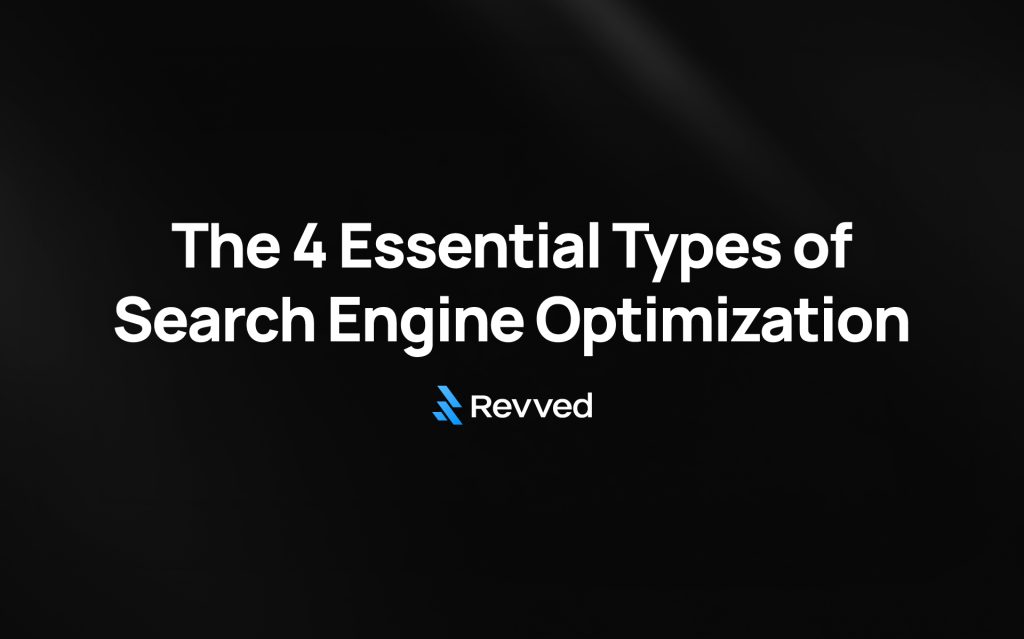
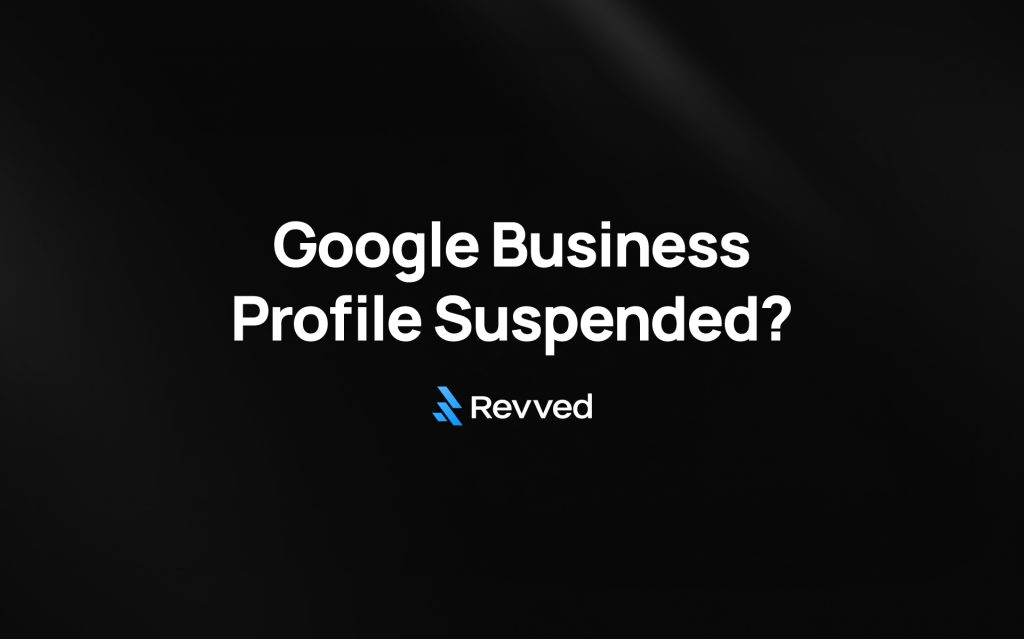

![Digital Marketing for Plumbers: What Actually Works in 2025 [Real Results]](https://revved.digital/wp-content/uploads/2025/10/Digital-Marketing-for-Plumbers-What-Actually-Works-1024x639.jpg)
![Why Local SEO for Plumbers Is Your Best Investment in 2025 [Expert Data]](https://revved.digital/wp-content/uploads/2025/10/Why-Local-SEO-for-Plumbers-Is-Your-Best-Investment-1024x639.jpg)
